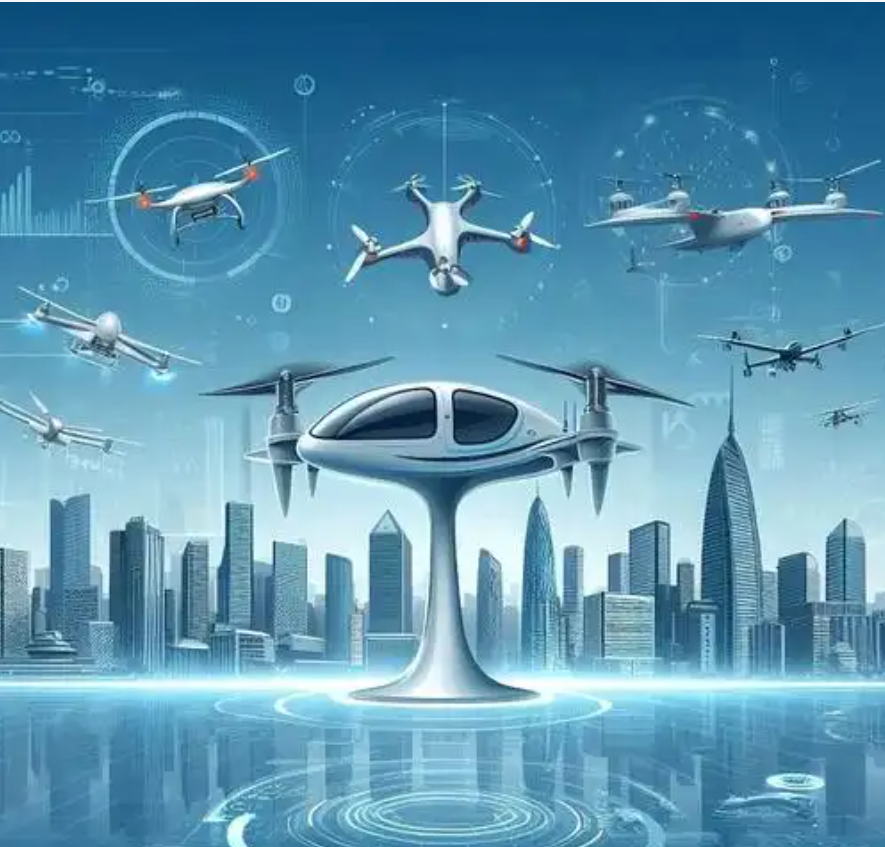Challenges and Innovations in Drone Battery Technology
1. Introduction: The Need for Advanced Drone Batteries
As drones become integral to industries such as logistics, surveillance, agriculture, and urban mobility, battery technology remains a major limiting factor. The need for longer flight times, faster charging, and enhanced safety is pushing innovation in drone power systems.
This article explores the challenges of current drone batteries, the role of graphene-based battery innovations, and the future of high-performance energy storage for UAVs.

2. Challenges in Drone Battery Technology
(1) Limited Flight Time and Energy Density
- Most drones rely on lithium-ion (Li-ion) or lithium-polymer (LiPo) batteries, which have energy density limitations.
- Short flight durations (typically 30-45 minutes for commercial drones) restrict mission capabilities.
- Frequent battery swaps and recharges increase operational downtime.
(2) Slow Charging and Battery Lifespan Issues
- Current battery technologies require 30-60 minutes to recharge, reducing efficiency.
- Battery lifespan is limited to 300-500 charge cycles, leading to high replacement costs.
- Overcharging risks can cause degradation and safety hazards.
(3) Weight and Structural Constraints
- Batteries contribute significantly to drone weight, affecting aerodynamics and maneuverability.
- High-capacity batteries increase power-to-weight ratio, requiring larger drones.
- Finding the balance between battery weight and energy output is a key design challenge.
(4) Thermal Management and Safety Risks
- Overheating and thermal runaway can cause battery failure and even combustion.
- Exposure to high temperatures or cold environments affects battery efficiency.
- The risk of short circuits and fire hazards necessitates improved safety features.
3. Innovations in Drone Battery Technology
(1) Graphene-Enhanced Batteries for High Performance
Graphene, known for its high electrical conductivity and thermal stability, is driving next-generation battery improvements:
- Faster Charging: Graphene-based batteries charge 5-10 times faster than conventional Li-ion.
- Higher Energy Density: More efficient power storage extends flight time by 30-50%.
- Improved Heat Dissipation: Reduces overheating risks, increasing safety and lifespan.
- Longer Battery Life: Graphene batteries maintain 80% capacity after 1,000+ cycles.
(2) Solid-State Batteries for Lightweight, Safer Energy Storage
- No Liquid Electrolytes: Eliminates risks of leakage and fire hazards.
- Higher Energy Density: Provides 2x energy storage compared to Li-ion.
- Compact and Lightweight: Improves power-to-weight ratio for drone efficiency.
(3) Hydrogen Fuel Cells for Extended Flight Durations
- Longer Endurance: Enables flight times of several hours.
- Eco-Friendly: Produces only water vapor as a byproduct.
- Higher Energy Efficiency: Ideal for large UAVs and cargo drones.
(4) Wireless Charging and Swappable Battery Systems
- Inductive Wireless Charging: Eliminates manual recharging, reducing downtime.
- Battery Swap Stations: Enables rapid battery replacement in seconds.
- AI-Optimized Energy Management: Predicts power needs for optimized battery usage.
4. The Future of Drone Battery Technology
With advancements in graphene materials, solid-state batteries, and fuel cell technology, drone batteries are set to become:
⚡ Lighter and More Powerful: Graphene will reduce weight while boosting performance. ⏳ Longer-Lasting: Solid-state and graphene batteries will extend flight times significantly. 🔋 Faster-Charging: Cutting recharge times from hours to minutes. 🌱 Eco-Friendly and Safe: Hydrogen and sustainable energy sources will minimize environmental impact.
As battery technology continues to evolve, drones will achieve unparalleled efficiency, expanding their role in industries from e-commerce to emergency response.
🚀 Want to explore graphene-powered battery solutions? Contact us today!

